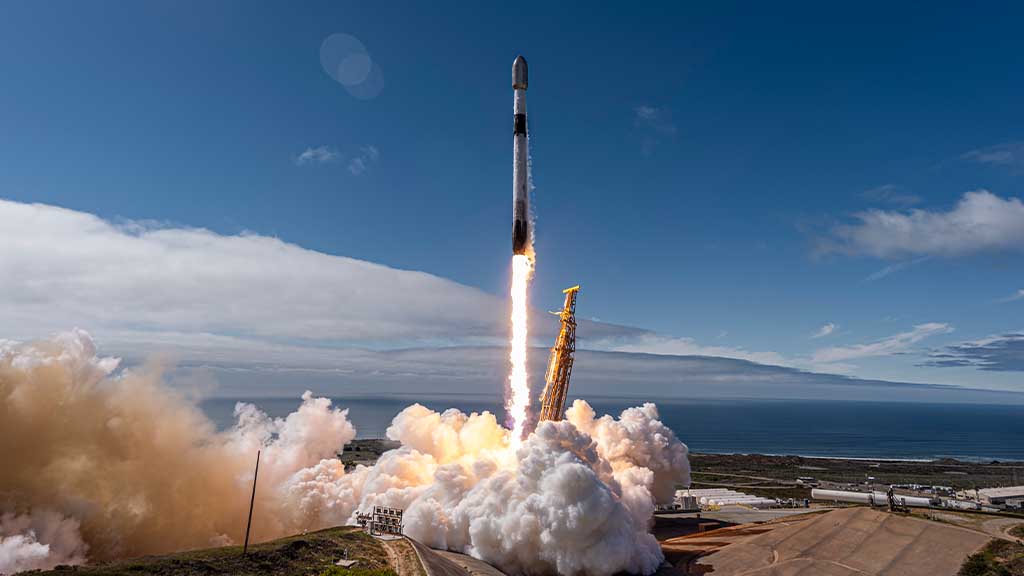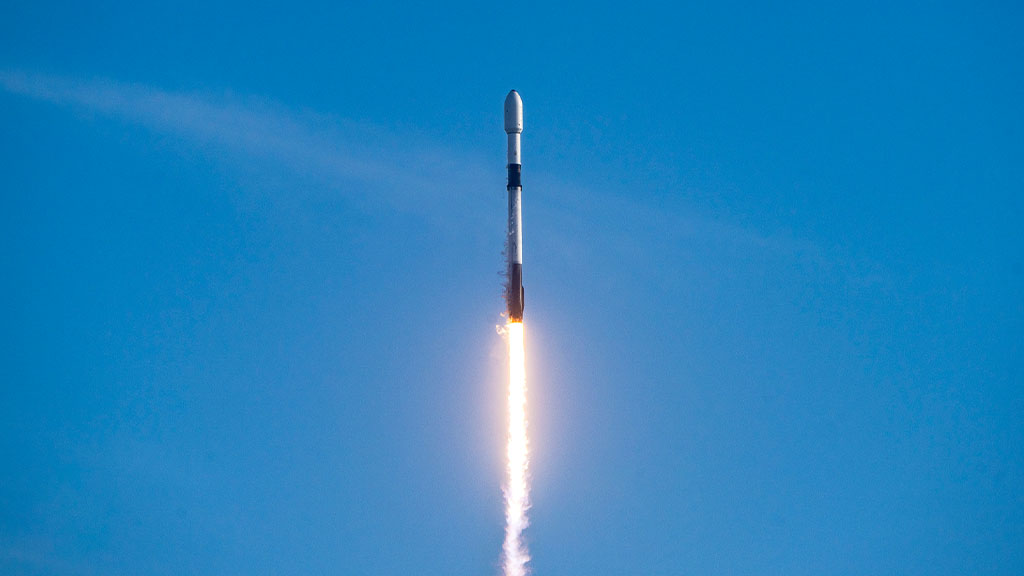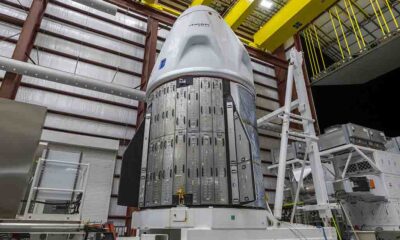SpaceX
SpaceX marks 15th Falcon rocket anniversary with 500th Falcon 9 launch

On June 4, 2025, SpaceX launched a new Falcon 9 mission from Vandenberg Space Force Base, completing its 500th space flight on the occasion of the 15th anniversary of its launch day.
The first Falcon 9 mission was launched on June 4, 2010, from Cape Canaveral’s SLC-40 featuring a Dragon spacecraft qualification unit. This launch follows Falcon version 1’s success as the first liquid-fueled rocket to achieve orbital insertion from a private company in 2008.
This rocket has two stages, including a booster, which lifts off the entire vehicle from the launch pad, and is designed to return for an autonomous landing on a droneship in the sea or a launch site.
SpaceX achieved the first successful booster landing in December at Cape Canaveral’s Landing Zone 1, which marked a historic moment in the space industry and made this rocket the first to land vertically after an orbital delivery. Another major milestone in Falcon 9’s journey is the droneship landing, which was achieved on April 8, 2016, while the first reflight occurred on March 30, 2017.
As of May 2025, Falcon 9 marked 456 landings out of 469 attempts, with booster B1067 setting a record of 28 flights. Meanwhile, the fairing recovery, initiated with SES-10, has seen more than 300 halves reflown, reducing the launch cost even further.

SpaceX Falcon 9 Liftoff (Source – SpaceX)
Falcon 9 is also the first ever to fly human passengers using Dragon spacecraft. SpaceX launched the first human spaceflight to orbit on May 30, 2020. On the other hand, Falcon 9 helped the company to launch the first Starlink constellation on May 24, 2019.
This reusable rocket has introduced significant changes in space launches, cutting costs per launch for government agencies and private players. The company is actively serving ISS resupply, crewed missions, Starlink deployments, and national security launches.
The 15th anniversary of the Falcon rocket has created many milestones for SpaceX, including 450+ landings, 500 flights, and many human spaceflights to pave the way for more advancements in future space exploration.












